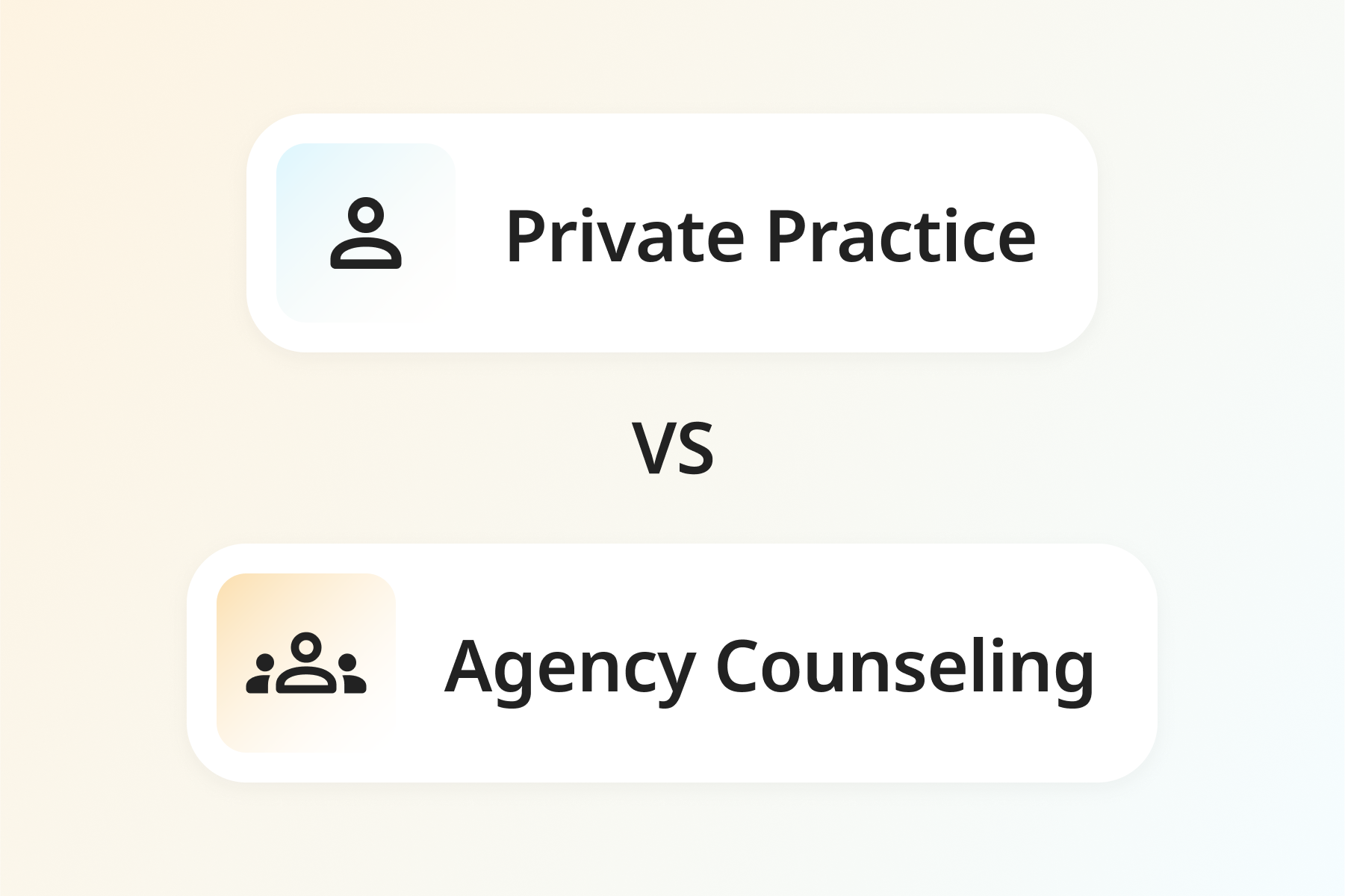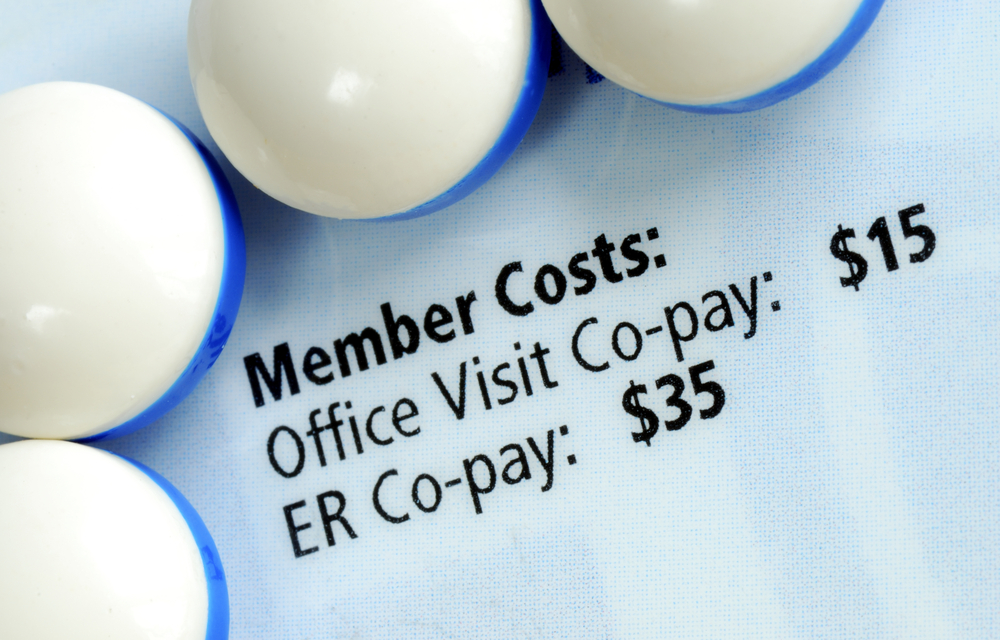For therapists, notes are more than reminders of what happened during a session (although that is, of course, part of it). Accurate notes help with insurance reimbursements and developing treatment plans and goals for your clients. They are also a legal and ethical requirement (in most states) of providing care.
Protect Your Practice! The Legal Side of Notes
Besides being part of providing quality care to your clients (what you came for, right?), there’s the legal and ethical side of things. Notes protect your practice, and in the case of a legal dispute or insurance audit, your notes become an absolute necessity.
Regardless of whether you accept insurance, through HIPAA and the 21st Century Cures Act a client has the right to request your notes on their sessions. Simply saying, “I don’t take notes” won’t protect your practice. This is considered to be information blocking, and if reported, you could face ethics violations, fines, and even a suspension of your license.
Plus, many states require notes. So be sure to check your local laws!
What if my Notes Could Cause Harm?
The above is, of course, all bad news if you’re frustrated by the amount of time you’re spending on notes and were hoping we'd say you could scrap the whole "notes thing". We get it. This is a loaded topic. Sometimes, the administrative work required to “check the box” seems unnecessary.

And sometimes, therapists are afraid that their notes, in the hands of clients, could be harmful.
The concern of causing harm is very real, so we turned to Clinton Campbell, therapist and founder of a cybersecurity consultancy focused on the mental health professions called Quirktree. Knowing HIPAA like the back of his hand, Clinton says that when it comes to refusing a request for notes, “we have very few exceptions we can actually hold to.”
“If we actually know that we are going to see harm to a client if they read their notes, that it’s likely to cause physical harm or real harm in some way then -- yes, we can hold those notes back. But outside of those situations, ultimately, the client is in charge of their care and they’re in charge of their health information, so we have to fulfill those in a prompt manner.”
In a nutshell, with very few exceptions, you’re going to have to provide notes to your clients if they request them.
What's a Busy Therapist to do?
If you work at or have worked at an agency, you were likely given a prescribed method for taking notes. Or perhaps a mentor or colleague has shared their best practices. Or, maybe you're familiar with SOAP notes or the myriad other tried-and-true templates.
OR, maybe you’re just winging it!
Either way, we’ve corralled a few tips setting yourself up for success.
4 Ways to Create More Effective Notes
There isn’t a one-size-fits-all method for successful note-taking. Try these ideas to see which one works best to help you become more effective and efficient.
1. Use a template
A template should be formulaic and easy to follow. It can incorporate elements from the SOAP technique—subjective, objective, assessment, and plan.
Here’s a simple example:
- Patient symptoms <insert notes about any symptoms the client brought up during your session>
- We discussed <quick synopsis or bullet points of main points of discussion>
- We explored <whatever you added or suggested based on the client’s symptoms and discussion points>
- Next steps <what the patient will do before your next session>
(Head's Up!: if you're already using TherapyAppointment, the included notes templates are straightforward, free and customizable, PLUS allow you to keep notes separate from treatment plans, if desired.)
2. Digitize handwritten notes
Transcribing handwritten notes from your legal pad to a more secure digital space is time-consuming. That doesn’t mean you have to say goodbye to your trusty pen.
Embrace technology to help with transcription. Invest in a tablet with a digital pen, like an iPad or some Surface tablets from Microsoft. The reMarkable 2 tablet is designed explicitly for note-taking. These tablets allow you to take notes by hand and then easily convert them to a digital space. Make sure your notes are stored securely, following HIPAA compliance. A platform like TherapyAppointment can store them safely and securely.
3. Use dictation software
Another method therapists use to transcribe notes is dictation software. This allows you to take your handwritten notes and dictate the main elements of them for your records. Don’t forget to re-read your dictated notes—dictation software is far from perfect and can easily misunderstand your meaning.
4. Work notes into your scheduled time
If you’re a procrastinator or just too busy to breathe during the day, this one's for you. Set your routine up so that sessions are not done until you have finished your notes. So if your sessions are 45 minutes long, block off 60 minutes per appointment, giving yourself 15 minutes to write notes. Working them into your schedule makes it less likely that you will fall behind, plus you are more likely to remember critical information.
Of Course, We're Here to Help
Keep your notes and charting information organized after sessions with TherapyAppointment’s built in notes and charting features. Our cloud-based software allows for SOAP and customized templates and is fully HIPAA-compliant. Patient notes are kept separate from charting to ensure confidentiality and security.





